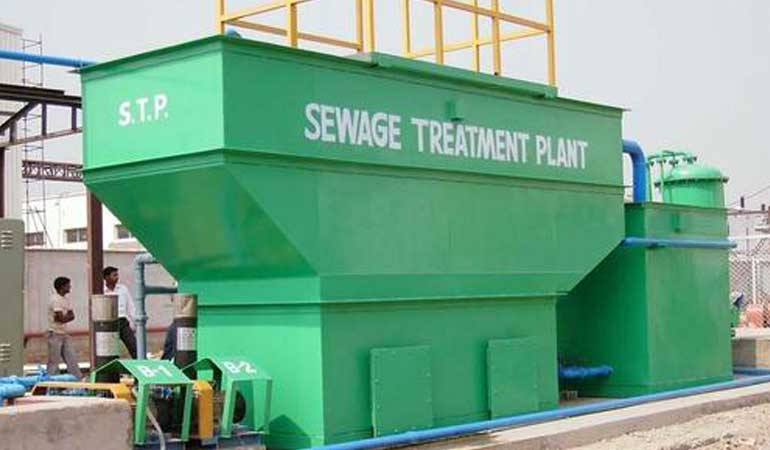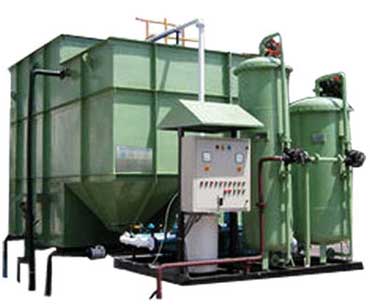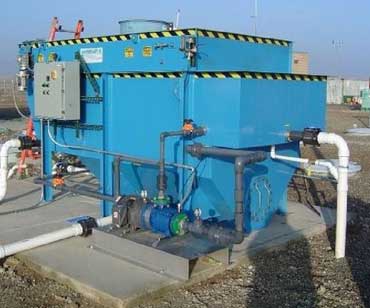The SBR process is an efficient way to treat wastewater on a large scale. Modern SBRs are used in municipalities to treat sewage for millions of people, and SBR tanks run on airpower, making them much more efficient. The SBR process is also suitable for upgrading existing facilities. In the case of an existing plant, the SBR system can be easily expanded.
SBRs are available in various configurations. The basic SBR installation consists of one or more SBR tanks. The SBR tanks can be operated as plug flow or fully mixed reactors. There is a flow-through system, where the raw wastewater enters the system through a plug flow, and the treated wastewater exits the system through the other end. A multiple-tank system is also possible, in which a tank is in a settled state while another is in an aerating phase. Many SBR systems also include a bio-selector, a series of walls and baffles used to filter the wastewater.
SBR Based Sewage Treatment is suitable for large-scale applications, and it is easy to operate and requires minimal space. In addition to reducing energy and water consumption, it also uses fewer resources compared to other methods. The SBR treatment system works in batches, and the sludge settles at the bottom, and the clarified water zone is created on top of the SBR tank. In addition to minimizing the need for personnel, it is also highly automated.









